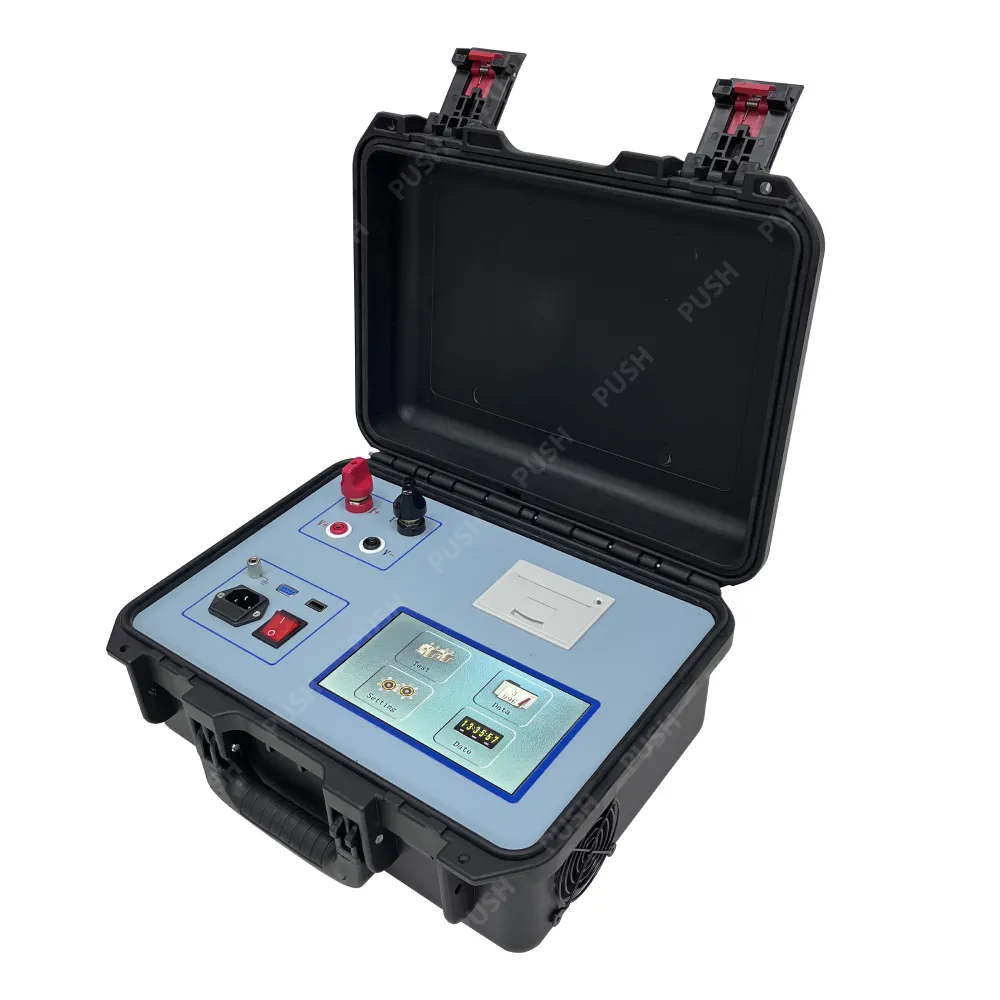 English
English


BDV Test Analysis and Results for 33kV Transformer Performance and Efficiency Assessment
BDV Test for 33kV Transformer Ensuring Insulation Integrity
The BDV (Breakdown Voltage) test is a crucial diagnostic tool used in the maintenance and quality control of transformers, particularly in high-voltage applications such as 33kV transformers. These transformers, integral to power distribution systems, require a reliable insulation system to ensure their safe and efficient operation. The BDV test is employed to evaluate the dielectric strength of the insulating oil used in the transformers, thereby providing insights into the insulation system's integrity.
Understanding the Importance of BDV Testing
Insulating oil serves multiple functions in transformers it acts as an insulator, helps dissipate heat, and protects against electrical discharges. Over time, however, contaminants, moisture, and thermal degradation can compromise the quality of the oil, leading to potential failures. Electrical breakdown of the insulating material can result in catastrophic failures, outages, or even fires. The BDV test measures the maximum voltage that the insulating oil can withstand before it breaks down, thus identifying potential weaknesses in the insulation system.
The BDV Testing Procedure
The BDV test involves a standardized procedure where a sample of the insulating oil is subjected to an increasing voltage until a breakdown occurs. Typically, this is done using a BDV testing machine that adheres to specifications outlined in international standards such as IEC 60156. During the test, the oil is placed in a test cell, where electrodes are submerged. The voltage is gradually increased, and the point of breakdown is noted. This value is crucial as it provides a direct indication of the oil's quality and its ability to perform under operational conditions.
bdv test for 33kv transformer

Interpreting BDV Test Results
The results of the BDV test can provide significant insight into the condition of the insulating oil. A high BDV value indicates that the oil is still effective as an insulator, while a low BDV value suggests the presence of contaminants or moisture that could impair its insulating properties. Generally, a BDV value of less than 30 kV for 33kV transformers raises concerns, indicating that remedial actions, such as filtration or oil replacement, may be necessary.
Preventive Maintenance and Regular Testing
In the context of transformer maintenance, regular BDV testing is vital. It not only helps in the proactive identification of potential issues but also extends the lifespan of the transformer by ensuring that the insulating oil remains effective. Many operators implement a schedule for routine BDV testing, often alongside other diagnostic tests, such as power factor testing and dissolved gas analysis (DGA), to get a comprehensive view of the transformer's condition.
Conclusion
In conclusion, the BDV test for 33kV transformers is an indispensable part of electrical maintenance practices. By assessing the dielectric strength of insulating oil, it plays a critical role in ensuring the operational reliability and safety of transformers. Regular BDV testing not only aids in the early detection of potential problems but also contributes to the overall efficiency and longevity of the power distribution system. As the demand for reliable electrical infrastructure continues to rise, the importance of rigorous testing methodologies like the BDV test will only increase. Conducting these tests regularly can save companies from costly downtime and enhance the reliability of electrical systems, thus benefiting not only the operators but also end-users.
-
Differences between open cup flash point tester and closed cup flash point testerNewsOct.31,2024
-
The Reliable Load Tap ChangerNewsOct.23,2024
-
The Essential Guide to Hipot TestersNewsOct.23,2024
-
The Digital Insulation TesterNewsOct.23,2024
-
The Best Earth Loop Impedance Tester for SaleNewsOct.23,2024
-
Tan Delta Tester--The Essential Tool for Electrical Insulation TestingNewsOct.23,2024





